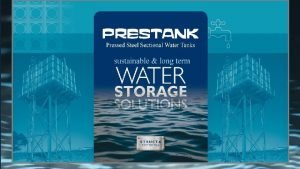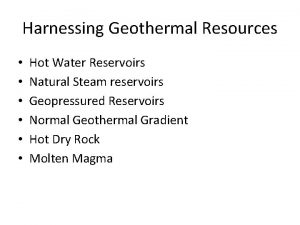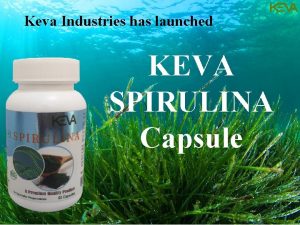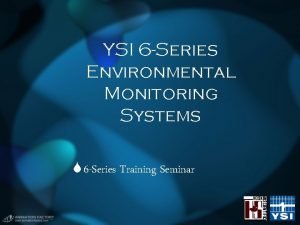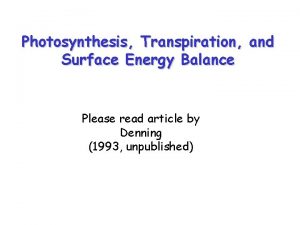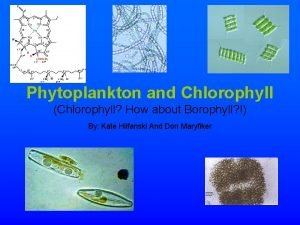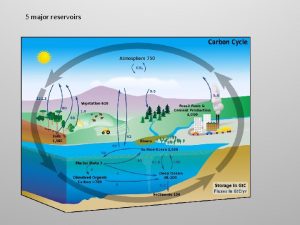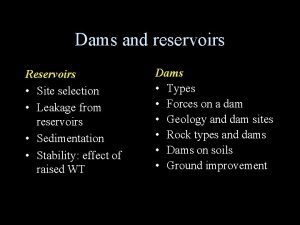Proceeding with Reservoirs with Disapproved Chlorophyll a Criteria








- Slides: 8

Proceeding with Reservoirs with Disapproved Chlorophyll a Criteria Jeremy Walls Nutrient Criteria Coordinator | Water Quality Standards Group Jeremy. walls@tceq. texas. gov | 512 -239 -3164

2010 Chlorophyll a Criteria • TCEQ adopted site-specific chlorophyll a criteria for 75 reservoirs • Based on historical conditions • th 99 percentile of prediction interval • Criteria ranged from 5 -55. 8 µg/L • Meant to maintain existing water quality and protect long-term existing conditions and uses

EPA Action • In 2013, EPA approved chlorophyll a criteria for 39 reservoirs, disapproved the criteria for 36 reservoirs • Disapproval based on EPA’s conclusion that the chlorophyll a criteria are not protective of each reservoir’s designated uses EPA reviewed and acted on each reservoir-specific chlorophyll a criterion individually

EPA Action • In 2013, EPA approved chlorophyll a criteria for 39 reservoirs, disapproved the criteria for 36 reservoirs • Disapproval based on EPA’s conclusion that the chlorophyll a criteria are not protective of each reservoir’s designated uses Factors affecting EPA decision on disapproval: • Reservoir trophic state • Chlorophyll a values exceeding 30 µg/L • Trend of increasing chlorophyll a values • Nutrient concerns in Integrated Reports

Where to go from here… 2014 NCDAWG Meeting Survey • Do you have any suggestions for addressing the disapproved criteria? • What do you feel are the pros or cons of using site specific vs. broad-based criteria? • Is there another criteria development method you would suggest?

2014 NCDAWG Survey Response Summary • Stick with site-specific criteria • Needs to be one process for all criteria • Re-calculate disapproved criteria using old method, but account for trends of degradation (increasing chlorophyll a and nutrient screening concerns) • Completely re-do the criteria for both approved and disapproved reservoirs such that one method is utilized for all criteria • Use a modeling-based approach to account for variable inflow and other seasonal conditions to develop criteria that are protective of uses and trophic status

2014 NCDAWG Survey Response Summary • Stick with site-specific criteria Incorporated into TCEQ Assessment Guidance • Needs to be one process for all criteria • Re-calculate disapproved criteria using old method, but account for trends of degradation (increasing chlorophyll a and nutrient screening concerns) • Completely re-do the criteria for both approved and disapproved reservoirs such that one method is utilized for all criteria • Use a modeling-based approach to account for variable inflow and other seasonal conditions to develop criteria that are protective of uses and trophic status

Additional input?


